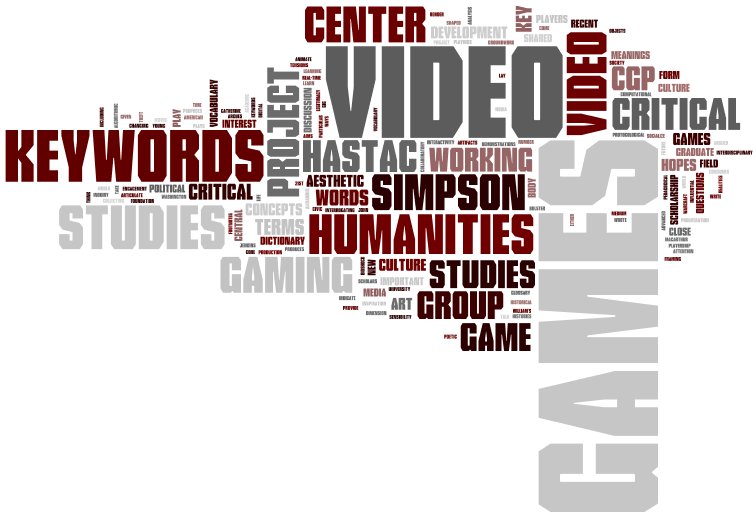21st century is the age of information technology where 24/7 news circulations is the order of the day. Gone are those days where a morsel of information took days and months to reach the recipient. For instance, Pheidippides ran over 25 miles in a single day to bring news of the Greek victory at the Battle of Marathon. In the late 80's the cult of Pigeon Post was also common in Europe as also in subcontinent nations.
It is "new information about a subject of some public interest that is shared with some portion of the public.”- Mitchell Stephens1
Kurt Loder, an American journalist said- “well, news is anything that’s interesting, that relates to what's happening in the world, what's happening in areas of the culture that would of interest to your audience.”
The copious amount of work devoted in circulations of news is an understatement to justify how much societal commitment news have become. The role of journalist in such a scenario has become important. Kovach and Rosenstiel (2006) charted few codes depicting the purpose of good journalism, like obligation to the truth, loyalty to the citizens, discipline of verification, independent monitor of power, keeping the news comprehensive and proportional and so on. However, MoJo (Mobile Journalism) and CJ (Citizen Journalism) have altered the styles and standards of conventional journalism.
 The practice of Citizen Journalism and social networking has made the work of journalism much easier and effective. Content is the king, there’s no need to maintain very high journalistic standards. The over use of news circulating in various media outlets can give rise to a glug of news, which Prof Garry Whannel terms as Vortextuality. Also, there are chances, of improper and derogatory journalism, a sort of plagiarism in a bad way called Churnalism; popularized by Nick Davies in Flat Earth News.
The practice of Citizen Journalism and social networking has made the work of journalism much easier and effective. Content is the king, there’s no need to maintain very high journalistic standards. The over use of news circulating in various media outlets can give rise to a glug of news, which Prof Garry Whannel terms as Vortextuality. Also, there are chances, of improper and derogatory journalism, a sort of plagiarism in a bad way called Churnalism; popularized by Nick Davies in Flat Earth News.
Reference:
1) Class Presentation by Steven in Uni of Beds (2011).
http://newswriting.pbworks.com/f/1298516108/old_typewriter.jpg [Accessed: 05-12-2011]
http://us.123rf.com/400wm/400/400/Violin/Violin0802/Violin080200017/2496867-computer-keyboard--key-news-conceptual-technology-background.jpg[Accessed:05-12-2011]
http://www.unsaint.org/Main.files/wtc_005.jpg [Accessed: 05-12-2011]
http://www.nitro-digital.co.uk/blog/wp-content/uploads/2010/09/billboard12.jpg [Accessed: 05-12-2011]
http://bealesblog.files.wordpress.com/2010/09/mojo.jpg [Accessed: 05-12-201]
